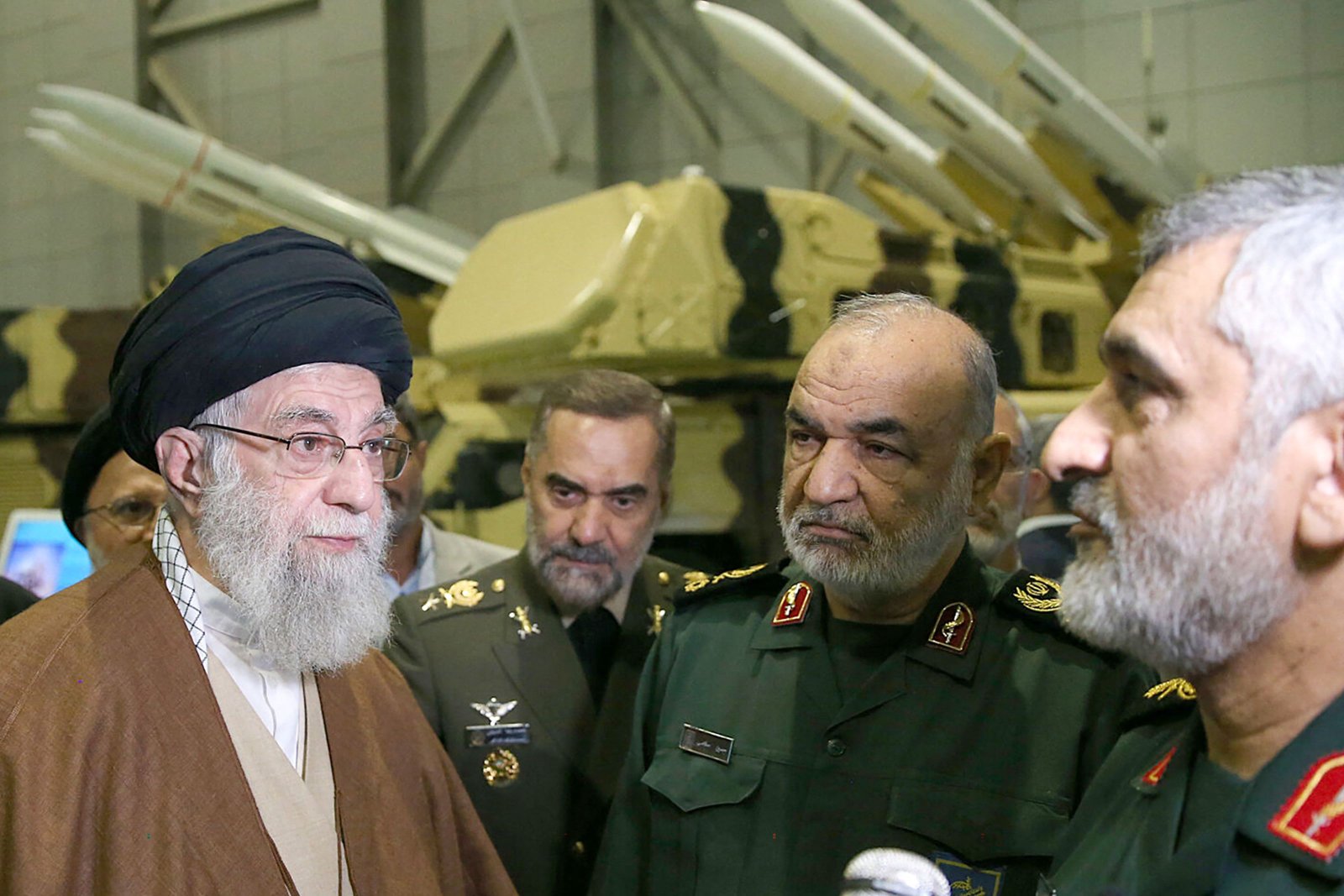Amid Israel’s unrelenting attacks on Iran to stop it from going further with its nuclear plans, Iranian Supreme Leader Ayatollah Ali Khamenei, once backed by a close-knit web of trusted commanders and strategists, now finds himself increasingly isolated after a string of targeted Israeli airstrikes that have decimated his inner circle.
At 86, Ayatollah Khamenei appears to be steering Iran through one of its most perilous geopolitical moments, whilst himself being one if Israel’s main targets, with several of his top military and intelligence advisers either dead or missing—shaking the core of his decision-making apparatus and sparking concerns of steps that could potentially backfire. Follow Israel-Iran conflict news live updates
According to a Reuters report, which cited five individuals familiar with the inner workings of Khamenei’s circle, the loss of senior Revolutionary Guards officials—those most trusted by the Supreme Leader—has created a significant strategic vacuum.
Israel Prime Minister Netanyahu on Monday, in an interview with ABC News, suggested that eliminating Ali Khamenei would not escalate the war but would “end it”.
Risk of miscalculations
One of the sources cited in the Reuters report, who frequently attends meetings with Khamenei, warned the situation has reached a critical juncture.
“The risk of miscalculation to Iran on issues of defence and internal stability is extremely dangerous,” the report quoted the source as saying.
The recent Israeli air raids, which intensified over the past week, has killed several top commanders including Guards commander Hossein Salami, Amir Ali Hajizadeh—the head of Iran’s missile program—and Mohammad Kazemi, its top intelligence chief.
All of the above-mentioned people were believed to be among the 15–20 people considered part of Khamenei’s core advisory team.

This ad-hoc group, comprised senior clerics, politicians, and Revolutionary Guards elites, meets when summoned by Khamenei’s office to deliberate on critical issues. Their hallmark trait? Absolute loyalty—to Khamenei and to the ideology of the Islamic Republic.
Since rising to power in 1989, Ayatollah Ali Khamenei has managed to get ultimate control over Iran’s armed forces and key state appointments. Despite his iron grip, insiders say he regularly consults his advisers, listens to competing viewpoints, and insists on detailed information before deciding.
“Two things you can say about Khamenei: he is extremely stubborn but also extremely cautious. He is very cautious. That is why he has been in power for as long as he has,” the report quoted Alex Vatanka, director of the Iran Program at the Middle East Institute.
“Khamenei is pretty well placed to do the basic cost-benefit analysis which really fundamentally gets to one issue more important than anything else: regime survival,” he added.
A hollowing circle
The recent string of assassinations comes at a time of maximum pressure: surging unrest at home due to a crumbling economy under Western sanctions, and escalating conflict with Israel, which has stepped up its strikes on Iranian military and nuclear targets.
Khamenei’s hold on power has historically relied on the Revolutionary Guards and its Basij militia to crush protests in 1999, 2009, and 2022. While these forces have always restored state control, analysts warn the economic pain could one day spark unrest too deep to suppress.
Though military casualties have grabbed headlines, political and diplomatic advisers still form a functioning backbone. Among those still in Khamenei’s confidence are foreign policy veterans Ali Akbar Velayati, Kamal Kharazi, ex-parliament speaker Ali Larijani, and intelligence heavyweight Ali Asghar Hejazi.
Still, the absence of key military figures and open threats by Israeli government creates a dangerous blind spot in Iran’s most vital arena—its regional military strategy and internal security.
Khamenei’s son Mojtaba Rises
In the shadows of this power reshuffling stands Khamenei’s son, Mojtaba Khamenei, whose role over the last two decades is said to have expanded significantly.
A mid-ranking cleric, Mojtaba has grown into a powerful behind-the-scenes coordinator, interfacing with multiple factions, especially the Guards, and is increasingly viewed as a possible successor.
Outside Iran, losses have been just as severe for Khamenei. Hezbollah chief Hassan Nasrallah, a close ally, was killed in an Israeli strike in September. In December, Syria’s Bashar al-Assad—another key member of Iran’s “Axis of Resistance”—was overthrown by rebels.

As Khamenei confronts perhaps the most risky phase of his rule, his famed caution may be tested like never before—this time, without many of the voices he once depended on and further isolation by the recent losses other key advisers in the region dueto the hammering of Iran’s “Axis of Resistance” by Israel.
Lebanon’s armed group Hezbollah, Houthi rebels of Yemen and the Hamas militant outfit of Palestine along with other Iran’s proxies and Iranian-backed groups are called the “Axis of Resistance.”





